Agariya:-
The Agariya are community of the states of Madhya Pradesh and Uttar Pradesh in India. Those in the vicinity of Mirzapur were involved in mining and smelting iron during the British Raj.
In the early 20th century, the Agariya in Mirzapur were divided into totemic groups. They had been heavily influenced by Hinduism. They called themselves Hindu but did not worship any of the major Hindu deities which other Hindus did.
The Government of Uttar Pradesh had classified the Agariya as a Scheduled Caste but by 2007, they were one of several groups that it redesignated as Scheduled Tribes.As of 2017, this tribal designation applies only for Sonbhadra district. They are a Scheduled Tribe in Madhya Pradesh
Baiga:-
The Baiga are an ethnic group found in central India primarily in the state of Madhya Pradesh, and in smaller numbers in the surrounding states of Uttar Pradesh, Chhattisgarh and Jharkhand. The largest number of Baiga is found in Baiga-chuk in Mandla district and Balaghat district of Madhya Pradesh. They have sub-castes: Bijhwar, Narotia, Bharotiya, Nahar, Rai Bhain and Kadh Bhaina. The name Baiga means "sorcerer- medicine man".
Tattooing is an integral part of their lifestyle. This tribe inhabits the dense hilly forests in the eastern part of the Satpuras, in Shahdol, Bilaspur, Rajnandgaon, Mandla and Balaghat districts.
Bhuiya:-
There are significant economic variations in the Bhuiya community, with some in areas such as Ghatwar and Tikait being landowners but many others being reliant on working the land either independently or as paid labourers. Basket-making, livestock rearing, fishing, hunting and the sale of forest produce such as firewood, honey and resin also contribute to their livelihood, although the practise of food collection has probably mostly died out.
Bhoksa:-
Bhoksa, also known as Buksa, are indigenous peoples living mainly in the Indian states of Uttarakhand and Uttar Pradesh. They are mostly concentrated in Dehradun and Nainital districts in the foothills of the outer Himalayas.[3] They are also found in the Bijnor district of Uttar Pradesh, where they are known as Mehra. Both communities have been granted Scheduled Tribe status.
Chero:-
The Chero is a caste found in the states of Bihar, Jharkhand and Uttar Pradesh in India.
The community has a traditional caste council that maintains a strong social control on the community. They are Hindu, but also worship several tribal deities, such as Sairi-ma, Ganwar Bhabhani and Dulha Deo.The Chero of Jharkhand have two sub-divisions, the Barahazari and the Terahazari. These two groups are endogamous, and do not intermarry. They practice clan exogamy, and their main clans are the Mawar, Kuanr, Mahato, Rajkumar, Manjhia, Wamwat, and Hantiyas. These clans are of unequal status, and the Chero practice clan hypergamy. The Chero of Jharkhand are mainly farmers, with many were substantial landowners.
The Chero are classified as a Scheduled Caste in most parts of Uttar Pradesh but are a Scheduled Tribe in Sonbhadra and Varanasi districts.They are also classified as a Scheduled Tribe in Bihar and Jharkhand.They have OBC status in Odisha.
Jaunsari:-
The Jaunsari are a small community found in Uttarakhand, northern India, more specifically in the Jaunsar-Bawar region of the western portion of the state in Garhwal Division. They speak the Jaunsari language which is an Indo-Aryan language
Jaunsari is a generic term for many communities including Khasa and Dom. Under khasas comes Brahmin, Rajput and under Dom comes Bajgi, Luhar and Kolta. They were granted Scheduled Tribes in 1967 by government of India
Kharwar:-
Kharwar is a community found in the Indian states of UttarPradesh, Bihar, Jharkhand, Chhattisgarh, Orissa and West Bengal.
The Kharwar have various putative origins. Some may be traced to Palamu region, now in the state of Jharkhand, while others may have lived in the Sone Valley. Those of Uttar Pradesh claim to have come from Rohtas and to be descended from the mythological Suryavansha dynasty.
Panika
The Panika are a Hindu community found in the Indian states of Chhattisgarh, Jharkhand, Madhya Pradesh, Odisha and Uttar Pradesh.Traditionally they are weaver.They are also known as Panka and Panikar.
The classification of the Panika under India's system of positive discrimination varies from one state to another. The entire community had been classified as a Scheduled Tribe (ST) by the Government of India in 1949 but in 1971 the Government of Madhya Pradesh redesignated those in what was then that state's Chhattisgarh region as being an Other Backward Class (OBC). The OBC designation was maintained when the independent Chhattisgarh state was created in 2001 and it remains thus as of 2018, although as recently as 2013 politicians had promised to investigate whether they could be reclassified as an ST.In Madhya Pradesh, as of 2018, they are categorised as an ST in some districts and as OBC in others.
Parahiya:-
The name Parahiya is said to mean in the Gondi language the burners of the forest because they practice slash and burn agriculture. According to other traditions, the name is corruption of the word Paharia, which in Hindi means a hill dweller. They are one of a number of tribal communities such as the Panika that occupy the foothills of the Vindhya mountains. The community speak a dialect of Hindi.
The habitat of most of the Parhiya is the hilly, undulating and extremely forested southern part of Sonbhadra district, at the foot of the Vindhya mountains. They are endogamous and divided into a number of exogamous clans known as kuris, of which the main ones are the Bengeha, Bhaloa, Bhania, Bhusan, Gohawa, Gurgur, Monnoor and Sira. Although they are Hindu, they also have a number of their own tribal deities such as Jawalamukhi Devi and Dharti Mata.
Patari:-
There are various theories as to the origin of the Patari tribe. According to the tribe itself, the Patari are by origin Gond tribals, who were ritual specialists and advisers to the Gond kings. They belong to the Devgond sub-division. Other sources, such as William Crooke claim that the Patari are actually of Majhwar origin, and descend from seven brothers, of which their ancestor Patari was responsible for the rituals and traditions of the other six Majhwar clans. The Patari once spoke Chhattisgarhi, but now speak Hindi. They are found throughout south eastern Uttar Pradesh, but are concentrated in Sonbhadra district.
Saharia:-
The history of the Saharia tribe is spotty and in many places completely lost. The older generations of the Saharia tribespeople fail to give any account of their history, and written records of ancestry are virtually nonexistent. Traditionally, they trace their beginnings to the days of the Ramayana and beyond. They trace their origin from Shabari of the Ramayan.
They inhabit clusters of houses in areas called saharana outside the main villages. The housing is generally characterized by prehistoric standards made of stone boulders and roofing of stone slabs that locally are called patore. In some villages mud structures are also constructed. Brick and concrete are very rare. They live in small joint families. The elder sons live separately after marriage.
The tribe members believe in Animism Folk Hinduism's gods and goddess that they worship and celebrate in major festivals: Veer Teja, thakar Baba, Durga, Hanuman, Lalbai, Bejasan, Savni Amavasya, Janmashtami, Raksha Bandhan, Deepavali, Holi and Teja Dashmi.
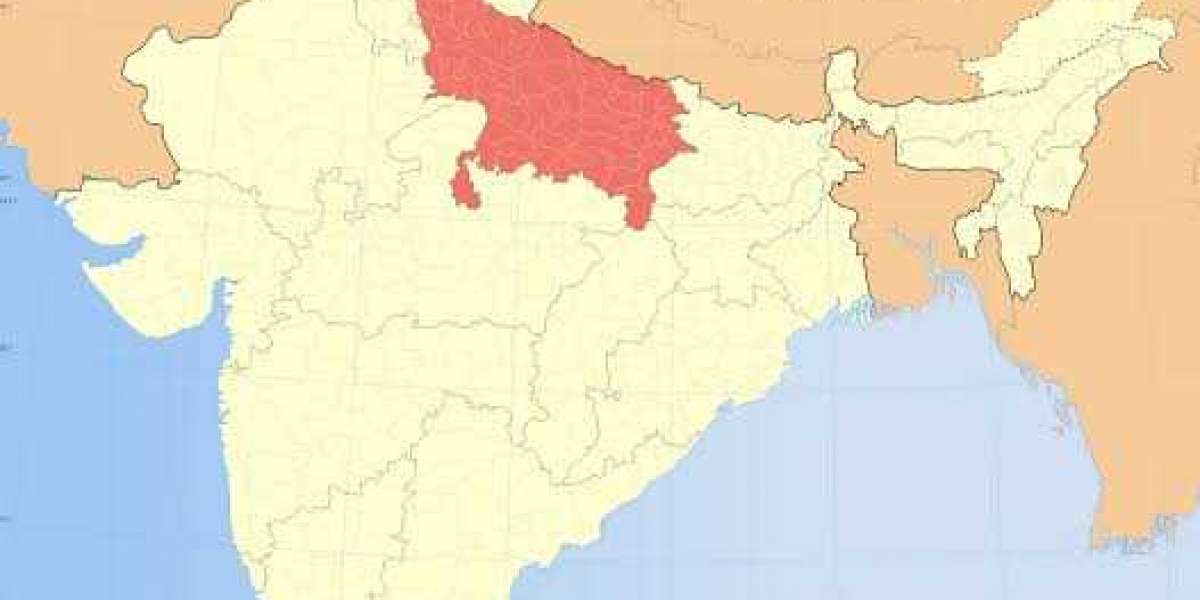



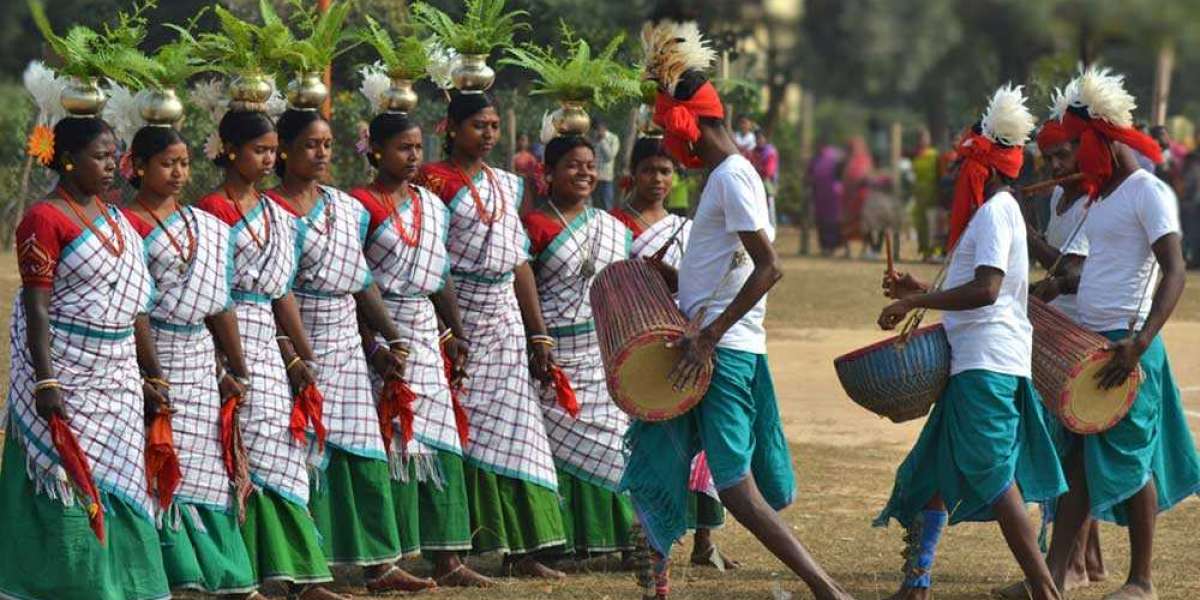

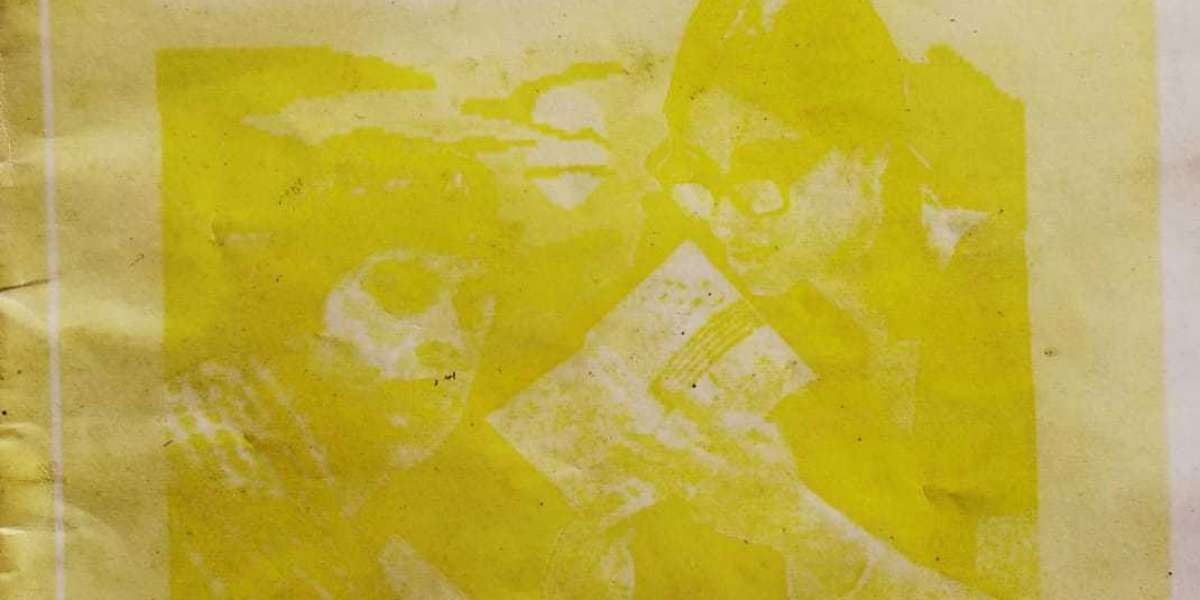
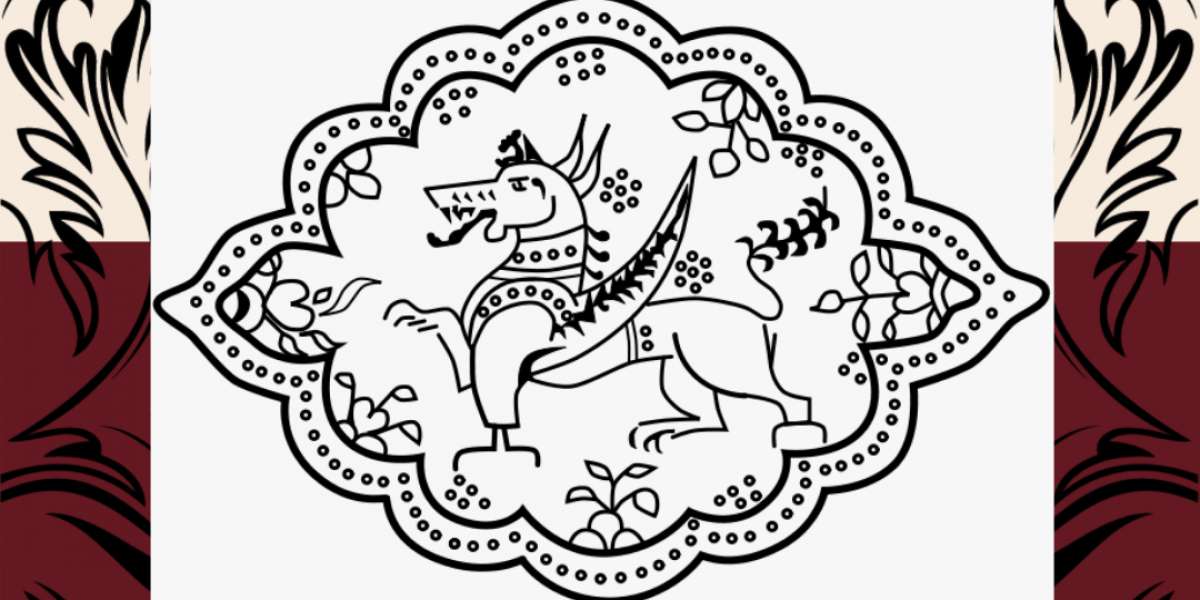
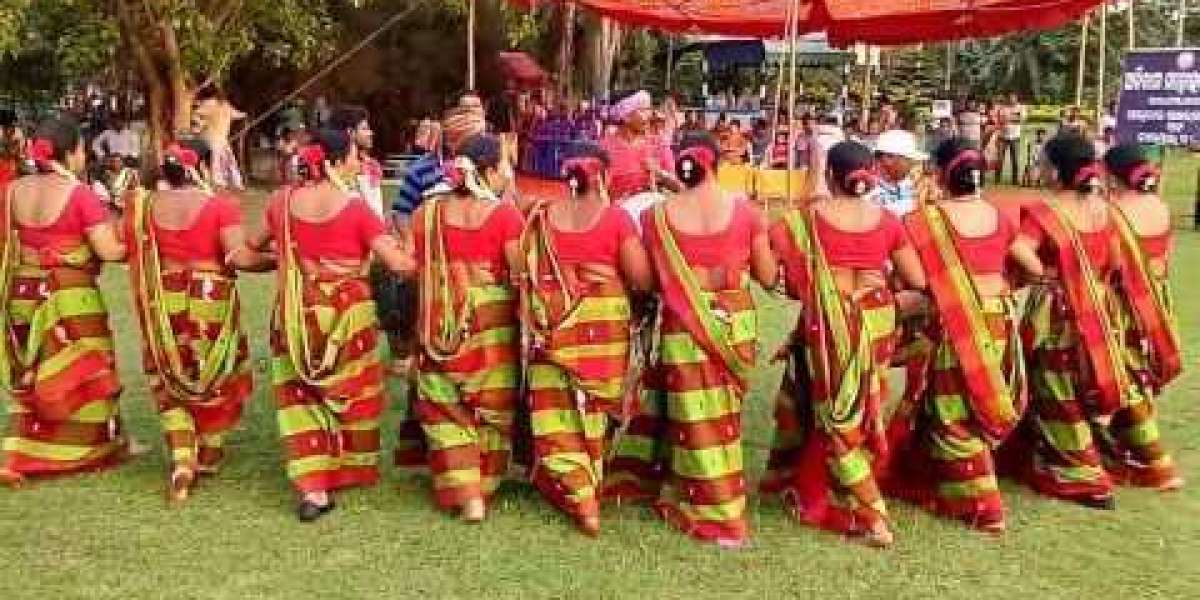
Puja Tudu 4 yrs
Very Useful And Interesting Facts 👌👌